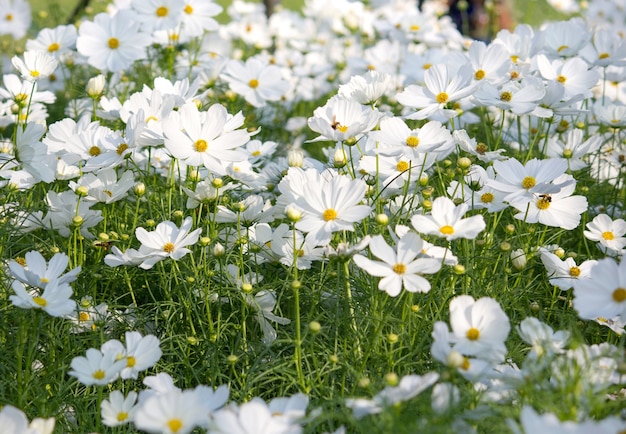- Nowadays, many people may not realize that there are many toxic substances polluted the air in their houses.
Where do these toxins come from? They may be found in home appliances and furniture, which contain hazardous substances such as formaldehyde which can be found in interior wall paints, plywood, tissue paper, curtains, pillows, benzene from tobacco smoke, computer monitor, ammonia in trichloroethylene (TCE) cleaning solution, glue, liquid products, dry cleaning solvent, polishing compound.
From a naturopathic medicine perspective, the friendly method for removing indoor toxins is to find plants that help absorb airborne toxins and place them in the room or in the house, because these plants have much higher transpiration rates and help improve air circulation, consequently, some air pollutants will be moved to the soil where there are many root microbes, which will break down the contaminants and convert them into plant nutrients. In addition, plant leaves help absorb the air pollutions, and various toxins will be transported to plant roots, allowing the microbes to degrade those harmful contaminants.

In fact, there are many plant species, both plants native to Thailand and those plants from other countries which have air-filtering property. But in this article, we will share you only 5 common species that are not difficult to find as follows:
1. Chrysanthemums
Apart from having beautiful flowers, chrysanthemums is also well-known as air purifying plant that can filter some toxic substances such as formaldehyde, benzene and ammonia efficiently. The head of the NASA research, Dr. Bill Wolverton had conducted research on ways to improve the closed environment in the spacecraft, and the results showed that chrysanthemums could remove over 90% of the toxin within 24 hours. But only the whole plant will do the job, not a bouquet in vase, the latter one does not help absorb toxins at all.
2. Dracaena
A species that Thai ancient people regarded as lucky tree, therefore it became popular household plant. There is a belief that if dracaena flower blooms it will bring the owner good fortune. From a naturopathic medicine perspective, dracaena is plant species that can absorb many toxic substances such as xylene, benzene, toluene, trichloroethylene. especially formaldehyde. According to NASA research, dracaena can absorb up to 70% of formaldehyde.
3. Weeping fig
Weeping fig is a plant that can be grown both outdoor and indoor. If grow indoor it tends to have slender branches and fewer leaves. Apart from removing toxic substances, especially formaldehyde, the weeping fig also help increase humidity in a room or a building.
4. Peace lily
A plant that helps absorb various toxins such as alcohol, acetone, trichloroethylene, benzene, and formaldehyde. Be aware that its leaves contain a chemical irritant, called calcium oxalate, therefore peace lily should be kept away from the reach of children or pets.
5. Gerbera Daisy
Apart from vibrant colors, gerbera help increase humidity level and can absorb large quantities of toxic substances such as formaldehyde, benzene and trichloroethylene.
Compiled by Winna Rakkan
Image courtesy of Unsplash.
